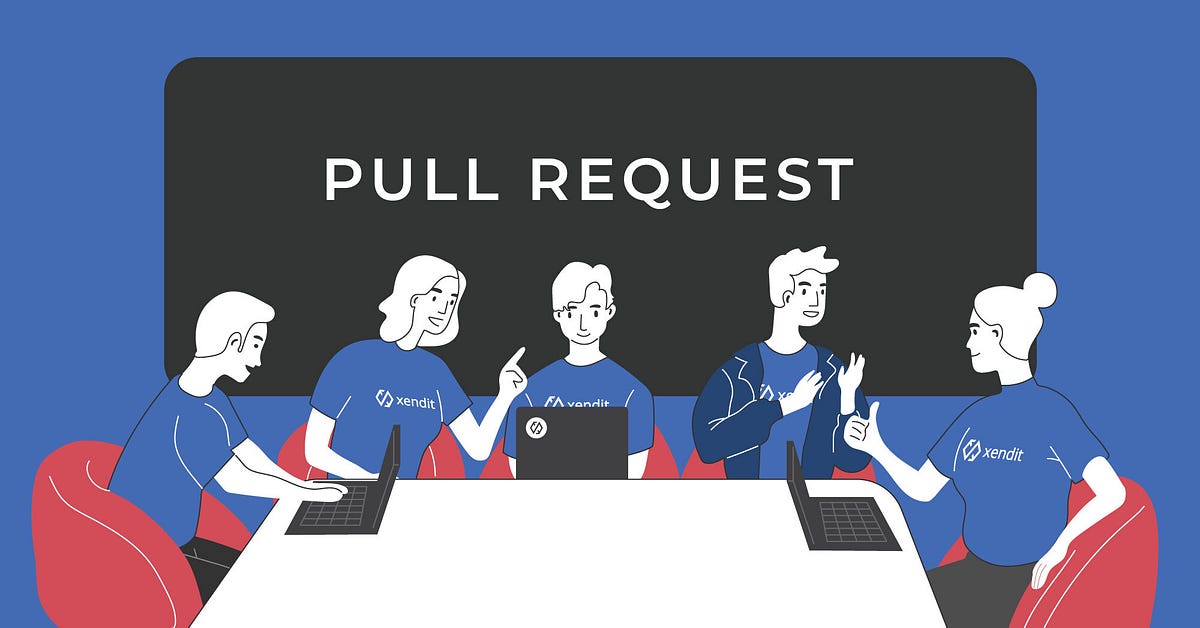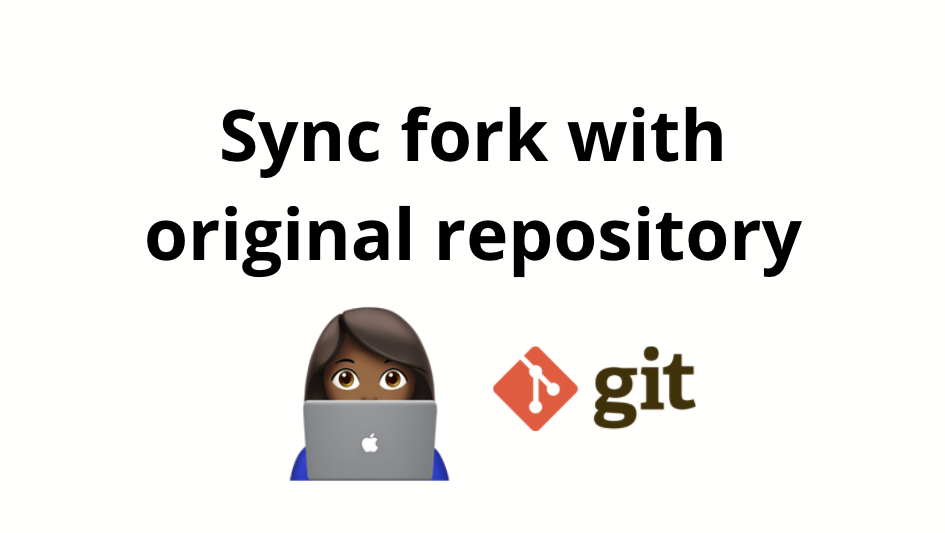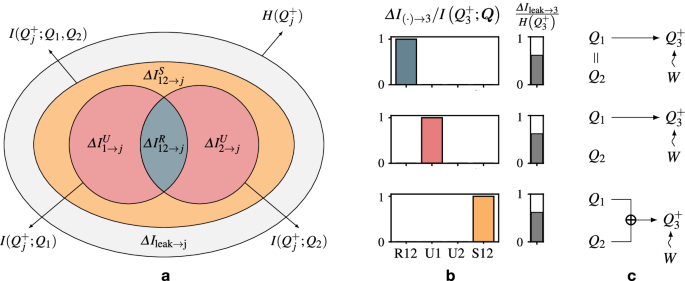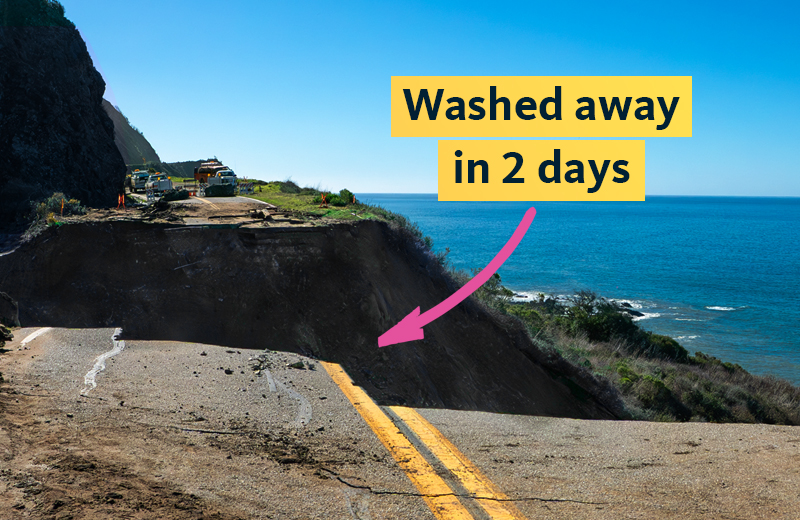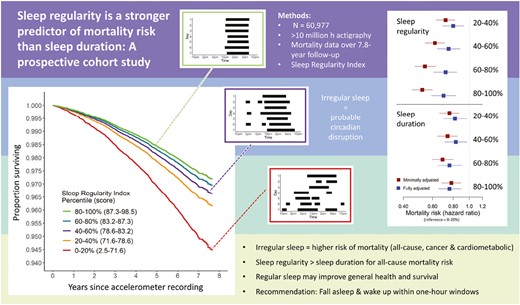
Those pesky pull request reviews
They’re everywhere. In Slack: “hey, can I get a review on this?” In email: “Your review is requested!” In JIRA: “8 user stories In-Progress” (but code-complete). In your repository: 5 open pull requests. They’re slowing your delivery. They’re interrupting your developers.
Let’s face it: nobody wants to review pull requests. And for good reasons! It takes a lot of time and work. Chelsea Troy describes how to do pull request review right:
In addition to pulling down, running, and modifying the code myself… A maximally effective pull request suggests solutions…in code. It points out what’s working and what’s not, and links to documentation where useful. It highlights laudable work by the original developer, and asks questions before making assumptions or judgments. It explains the reasoning behind suggestions, whether that reasoning affects functionality or adheres to convention. In short, it demands the reviewer’s full participation in finishing the solution that the original developer started. And it prepares the reviewer to take responsibility for this code in the event that the original developer were unable to complete it.
Reviews, done right, have all the painful parts of a software change: understanding what the change is for, loading up the relevant code and tests into working memory, getting my local environment up to see the change, making the tests run. They have none of the fun parts: refactoring to clarity, changing code and seeing a difference. They take hours of time and all my concentration away from whatever it is that I’m personally trying to do.
